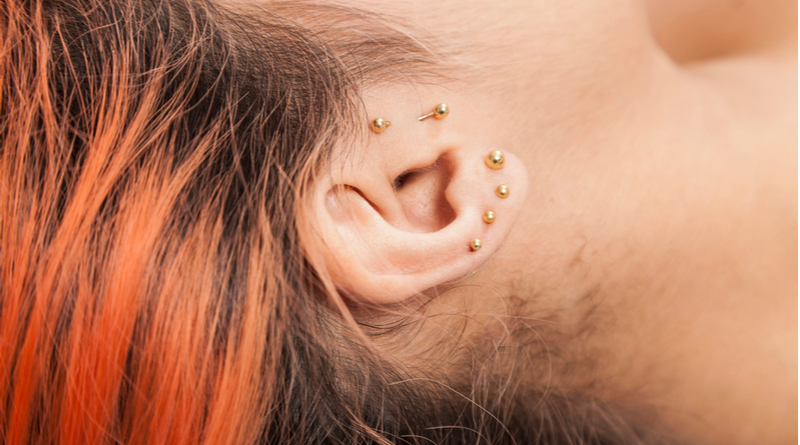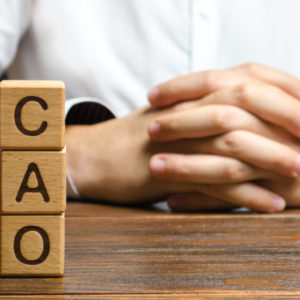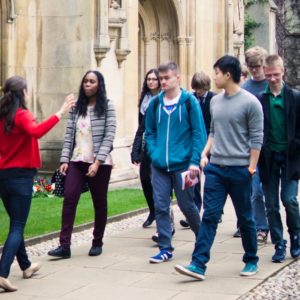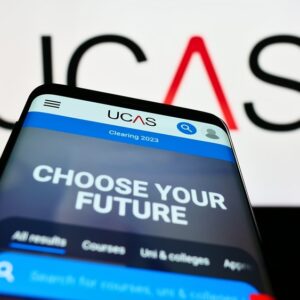What is Ear & Nose Piercing?
Body piercing is the use of special needles and equipment to puncture a client’s skin or body part and create an opening where an implement or a piece of jewellery can be placed.
A body piercer is an artist who is professionally trained to work with clients who want piercings for aesthetic, cultural, or sensational reasons. They are trained to pierce a wide range of body parts, including ears, eyebrows, cheeks, navels, tongues, lips, collarbone areas, and nearly any other body part the client wants to be pierced.
Piercing is often combined with other forms of body art, such as tattooing or branding, and many studios offer more than one of these services.
What 3rd level courses are available?
Universities and colleges in Ireland are offering courses in Ear & Nose Piercing in the following subject areas:
- Ear & Nose Piercing Course – Learn the techniques, procedures, and tools of ear and nose piercing.
- Caflon Ear Piercing Training Course with kit – Ear piercing training courses using the government-approved Caflon ear piercing system.
- Ear Piercing – Study the theory of the anatomy of the ear as well as the hygiene and sterilization of all the tools to be used in an ear-piercing treatment and the government regulations relating to ear piercing.
Studying Ear & Nose piercing in college
There are many courses in Ear & Nose Piercing that take place over 1 year to 4 years depending on the course and modules selected. There are also part-time courses and night courses available so you can be sure to fit in your studies no matter what your schedule is like.
Courses will cover theory work through lectures, assignments, tutorials, and taught modules. Assessments will take place continuously with written examinations and practical assignments combined to achieve a qualification. You could also consider work experience or a work shadow in the industry. Some time spent shadowing a qualified piercer before you start practicing would be beneficial. You’ll observe technique, client care, and the running of a studio.
By job shadowing and carrying out work experience assisting a professional in the field you’ll gain valuable insight, develop your portfolio, build a network of contacts and demonstrate your commitment to the profession. Observation is one of the best ways to learn skills and techniques.
Career options
After completing an Ear & Nose Piercing course you will be able to get started in a career that uses specific knowledge of body piercing and anatomy.
A body piercer uses special needles and equipment to puncture a client’s skin or body part and create an opening where they can place an implement or a piece of jewellery. Their daily job responsibilities might include: meeting clients and discussing their desired piercings; helping clients select jewellery; preparing and disinfecting body parts for piercing; using needles, special guns, and equipment to create the piercing; cleaning and disinfecting work areas, tools, equipment, and jewellery; giving clients post-piercing care and cleaning instructions; following health and safety codes and procedures and administrative duties such as answering phone calls and scheduling appointments.
Body piercers are typically self-employed and own their studio or work for a studio that employs several professional piercers. They might work normal weekdays and hours or have flexible schedules. Some piercing studios, for example, open later in the day and remain open into the night and on weekends to accommodate client demand.
Related jobs include:
- Body Piercer
- Tattoo Artist
- Make-Up Artist
- Beauty Therapist
- Massage Therapist
- Acupuncturist
- Reflexologist
Further study
After completing a course in Ear & Nose Piercing you may choose to pursue further study in a specialist field to increase your knowledge base and skillset. Postgraduate study can also be used as a means to change career focus or to gain professional qualifications required to practice in certain career areas such as Tattoo Artistry, Beauty Therapy, or Makeup Artistry.
FAQ
What Happens During a Piercing?
This is what to expect from getting a body part pierced:
· The body piercer should wash his or her hands with antibacterial soap and water and wear clean, fresh gloves.
· The area to be pierced (except for the tongue) is cleaned with alcohol or another antiseptic.
· You should see the piercer remove needles and equipment from sterile containers.
· Your skin is then punctured with a very sharp, single-use needle.
· The piece of jewellery, which has already been sterilized, is placed.
· The body piercer disposes of the needle in a special container so that there is no risk of the needle or blood touching someone else.
· The body piercer gives you instructions on how to care for your new piercing and what to do if there is a problem.
What skills could be helpful for a career as a Piercer?
Body piercers should have the skills to perform accurate piercings and interact with customers of all types and backgrounds. Body piercers interact with many clients and should have the social skills to make them feel comfortable before, during, and after procedures. They also answer phones, greet customers and maintain a positive attitude in the shop.
Body piercers need to have exceptional accuracy and concentration when performing body piercings. Clients expect them to insert the needle in precisely the right place.
Body piercers should have the verbal communication skills to clearly explain the piercing process and aftercare steps to clients, particularly those who might be nervous.
Where can I study Ear & Nose Piercing?
Explore your options here
Did You Know?
· Nose piercings reached the West in the 1960s when the Beetles and the Hippie movement began to promote this after traveling to India and adopting this as a symbol of peace and non-conformity.
· Scotland is home to the most pierced person in the world, Elaine Davidson has held the world record since 2006 as the most pierced person in the world with over 462 piercings, 192 of them on her face alone.
· Did you know that in Primitive times due to superstitious reasons a common belief prevailed that demons and spirits entered the body through the ears but they were repelled by metal, therefore, earrings were an amulet (protection)?
· Septum piercings were quite common amongst tribal people and used as a symbol to illustrate boldness and fearlessness in men.
· Piercings were also a part of ancient wedding proposals. It is stated in the Bible Genesis 24: 22 that when Abraham chooses a wife for his son Isaac, he seals the deal with the beautiful Rebekah by presenting a gold nose ring.












Looking to update ear piercing certificate
Hi there
I would like to know more about the piercing course.
Thanks,
Vanessa
Hi where is the piercing course based is it online or in a college. I would like to know more information